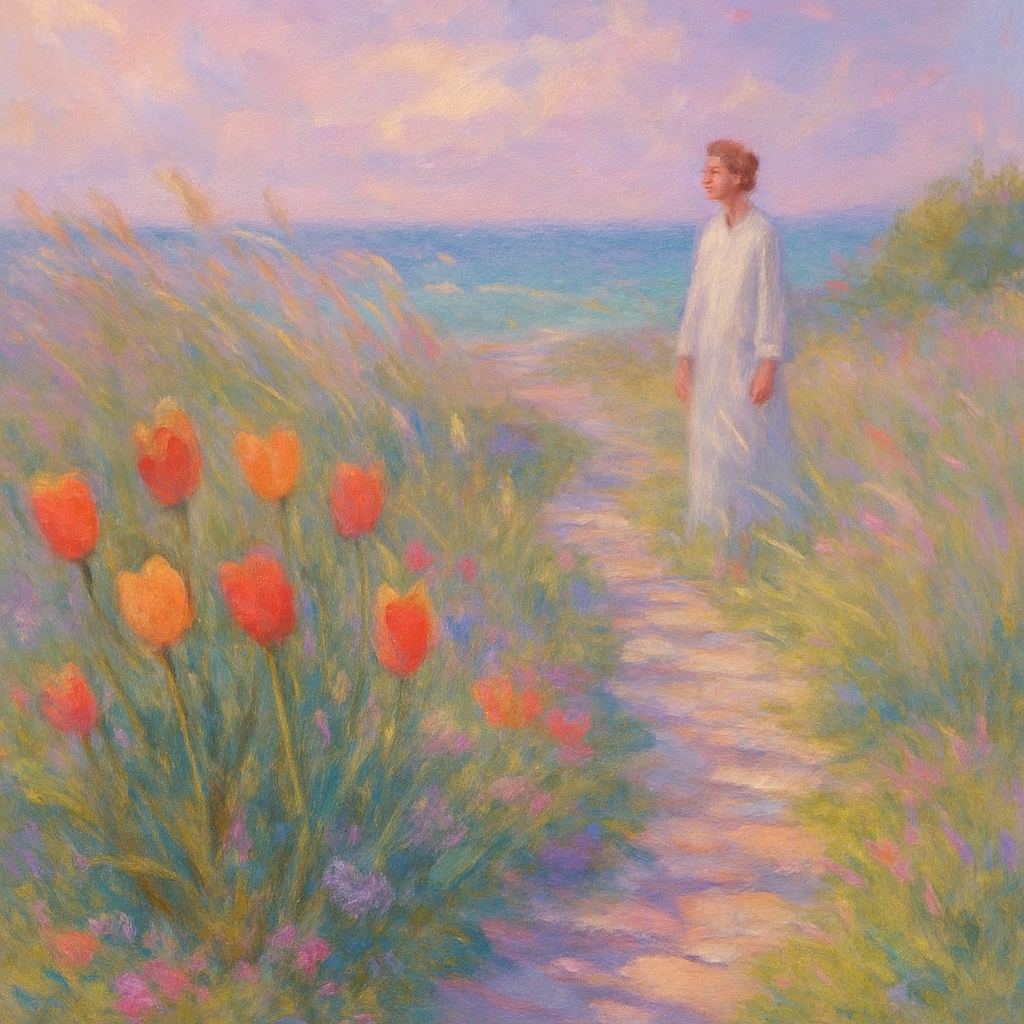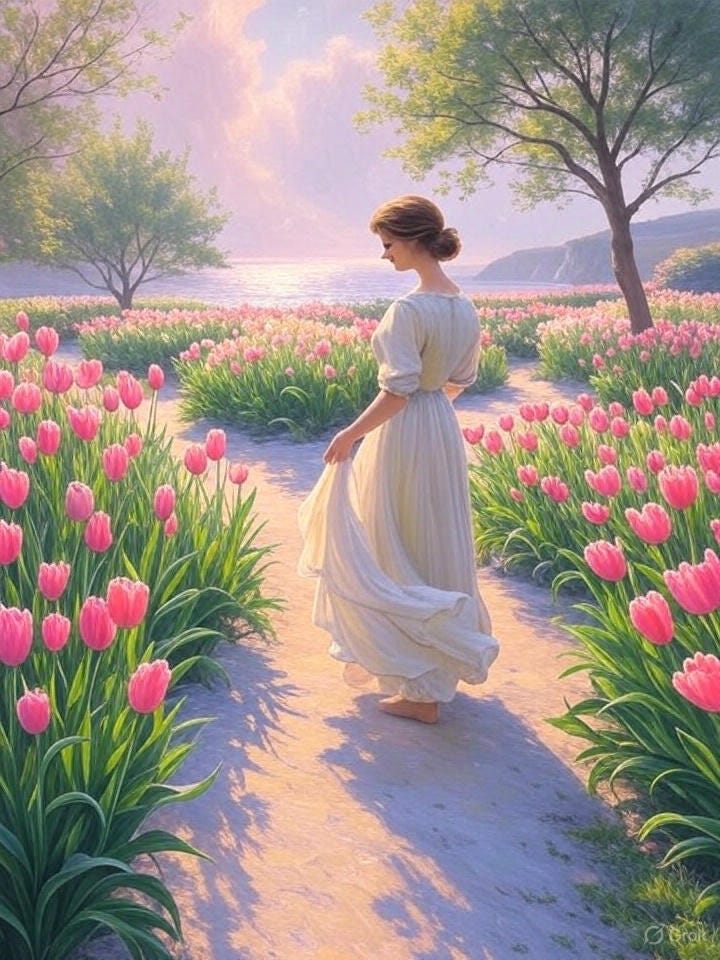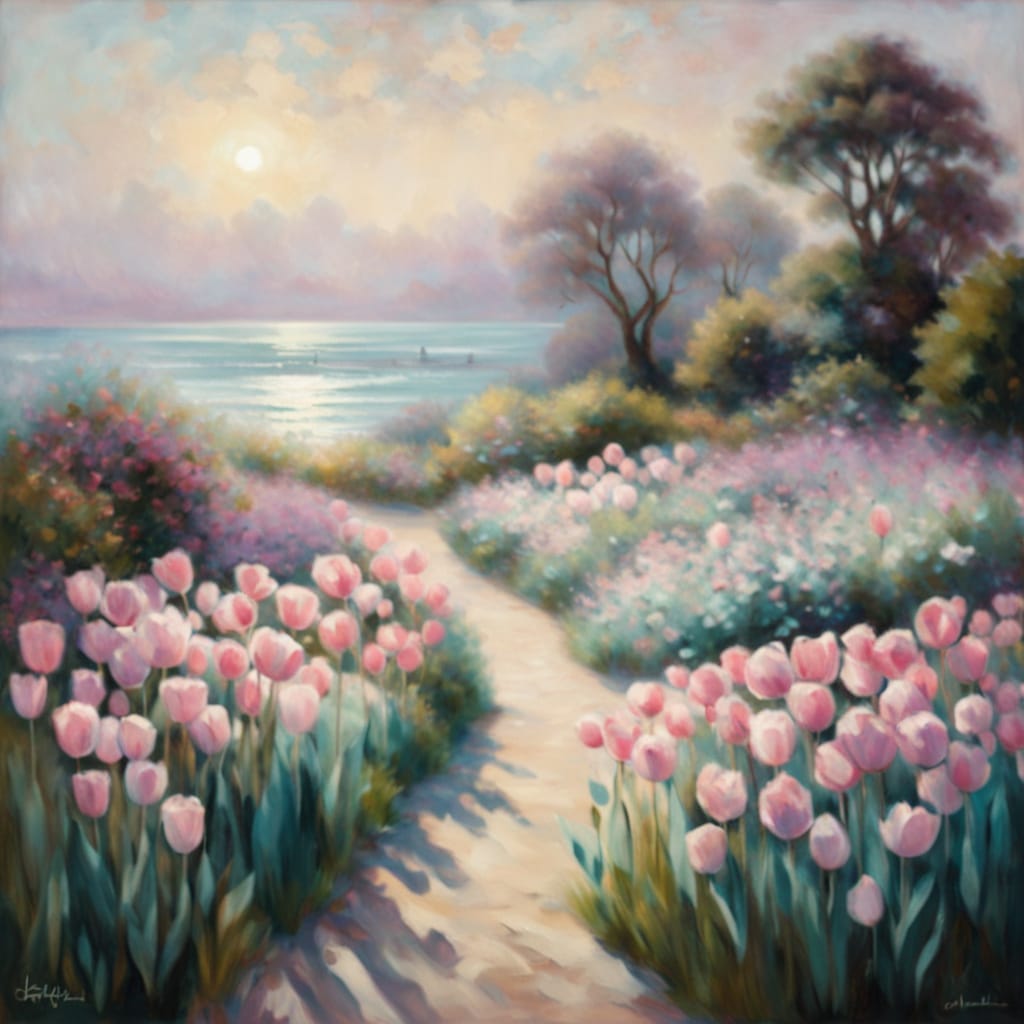
The 1900s were chaos — and the best kind. While the world blew past horses and telegrams, a mischievous band of creators gleefully disassembled art, science, and culture, then rebuilt them in shapes nobody expected. It was an era where genius didn’t whisper from ivory towers — it shouted from Paris cafés, patent offices, and war trenches.
Let’s meet a few of the brilliant troublemakers who gave the 20th century its distinct flair.
Pablo Picasso — Cubist Rule-Breaker
- Known for: Inventing Cubism and making everyone re-question whether eyes and noses belonged in the same place.
- Impact: Picasso’s fractured perspectives didn’t just change how people painted — it changed how they saw the world. He made distortion poetic.
- Awards: None that he cared to collect. His legacy didn’t need trophies.
- Financial Success: Insanely so. Picasso became one of the few artists to be wildly wealthy in his own lifetime.
- Fame During Lifetime: Absolutely. He was a household name and sometimes a political controversy.
- Collaborators: Georges Braque (Cubism co-conspirator) and a rotating cast of poets, painters, and revolutionaries.
- Famous Art: “Les Demoiselles d’Avignon,” “Guernica” (a visual punch to fascism), and roughly 50,000 other works.
- Other Inventions: Ceramic design, stage sets, sculpture. He dabbled like it was an Olympic sport.
- Subject of Art: Frequently his own muse — self-portraits galore.
- Tidbit: He once said, “It took me four years to paint like Raphael, but a lifetime to paint like a child.”

Marie Curie — Science’s Shining Star
- Known for: Discovering radioactivity and the elements polonium and radium.
- Impact: She helped usher in the nuclear age and changed medicine forever.
- Awards: Two Nobel Prizes — Physics and Chemistry. Still the only person to win in two different sciences.
- Financial Success: Science didn’t pay well, but she earned immortality.
- Fame During Lifetime: Revered worldwide — scientific royalty.
- Collaborators: Her husband Pierre Curie and later, her daughter Irène (who also won a Nobel).
- Famous Art: Not exactly — but her glowing notebooks are now literally too radioactive to touch.
- Other Inventions: Created mobile X-ray units for battlefield medics in WWI.
- Subject of Art: Portrayed in films, books, and stamps in multiple countries.
- Tidbit: She kept a vial of radium on her nightstand because it was “pretty.” (Science hadn’t figured out cancer risks yet.)
Frank Lloyd Wright — Architect of Organic Vision
- Known for: Revolutionizing architecture with structures that “grew” out of their environments.
- Impact: His ideas influenced everything from suburbs to skyscrapers.
- Awards: Countless, but the most enduring is UNESCO naming 8 of his buildings World Heritage Sites.
- Financial Success: Eventually, yes — after several financial collapses and scandals.
- Fame During Lifetime: Yes, and not just for his buildings — his personal life was tabloid fodder.
- Collaborators: Dozens of apprentices; he founded the Taliesin Fellowship.
- Famous Art: Fallingwater, the Guggenheim Museum in NYC.
- Other Inventions: Developed the concept of “Usonian” homes — affordable and beautifully designed.
- Subject of Art: His buildings are endlessly photographed and studied.
- Tidbit: Once said, “The mother art is architecture. Without an architecture of our own we have no soul of our own civilization.”

Charlie Chaplin — The Silent Genius
- Known for: Inventing the Little Tramp and revolutionizing film.
- Impact: Made comedy cinematic, made poverty poetic, and stuck it to fascism before it was cool.
- Awards: Honorary Oscar, and a knighthood (eventually).
- Financial Success: Immensely successful — he founded United Artists.
- Fame During Lifetime: Global icon before “icon” was a thing.
- Collaborators: Douglas Fairbanks, Mary Pickford, and the early giants of cinema.
- Famous Art: “City Lights,” “Modern Times,” “The Great Dictator.”
- Other Inventions: Composer of his own film scores.
- Subject of Art: Tons of fan art and impersonations.
- Tidbit: Was once disqualified from a Charlie Chaplin lookalike contest — for not looking enough like himself.
Georgia O’Keeffe — Mother of American Modernism
- Known for: Abstract flower paintings and New Mexico landscapes that vibrated with color.
- Impact: Brought American modernism to the forefront with bold feminine force.
- Awards: Presidential Medal of Freedom.
- Financial Success: Made a solid living and built a legacy.
- Fame During Lifetime: Gained fame early and kept it until her passing at age 98.
- Collaborators: Married to photographer Alfred Stieglitz, who helped promote her work.
- Famous Art: “Jimson Weed,” “Red Canna,” “Black Iris.”
- Other Inventions: A new lens on femininity in art.
- Subject of Art: Frequently photographed by Stieglitz — sometimes controversially.
- Tidbit: Lived alone in the desert for decades and once flew in a plane just to paint clouds.
The 1900s were a century where disruption became tradition, and tradition became something to disrupt again by Tuesday. Whether smashing paint conventions or atoms, these creators gave the 20th century a wild, inspired energy that still echoes in our memes and Mars rovers.
If you’re just joining us, don’t miss Episode 1 of The Creators Series: https://blog.lumaiere.com/the-creators-series-a-lightning-tour-of-historys-greatest-geniuses/ or https://medium.com/@DaveLumAI/the-creators-series-a-lightning-tour-of-historys-greatest-geniuses-317d81bc5532
Follow for more episodes — and tell us in the comments which 1900s genius you think broke the mold hardest.
Art Prompt: A windswept coastal garden bathed in soft spring light, captured in gentle brushwork reminiscent of Claude Monet. The scene is filled with vibrant tulips and wispy grasses swaying under a cotton-candy sky. Dappled shadows stretch across a stone path, while a figure in a pale dress drifts between garden beds, nearly dissolving into the misty pastel hues. The entire composition glows with a dreamlike tranquility, blending pinks, lavenders, and seafoam greens into a shimmering impression of peace and solitude.

Friday Night Laughs Mini — Politically Incorrect Jokes:
- Why did the Canadian get banned from the anger management class? He kept apologizing too aggressively.
- What’s the difference between a conspiracy theorist and a government press release? About six months.
- How many digital nomads does it take to change a lightbulb? Just one — but first they have to blog about it from Bali.
- How do you scare a philosophy major? Ask them to explain their student loans in concrete terms.
- What did the flat-earther say at the family BBQ? “Pass the potato salad, sheeple.”